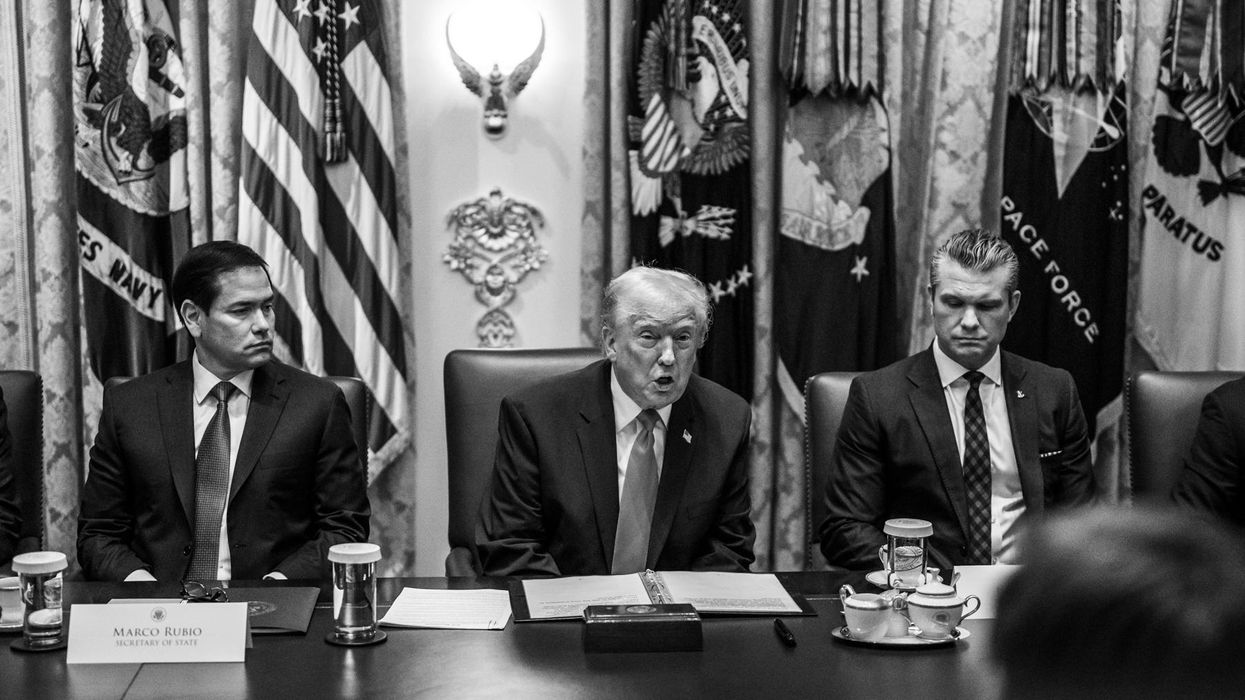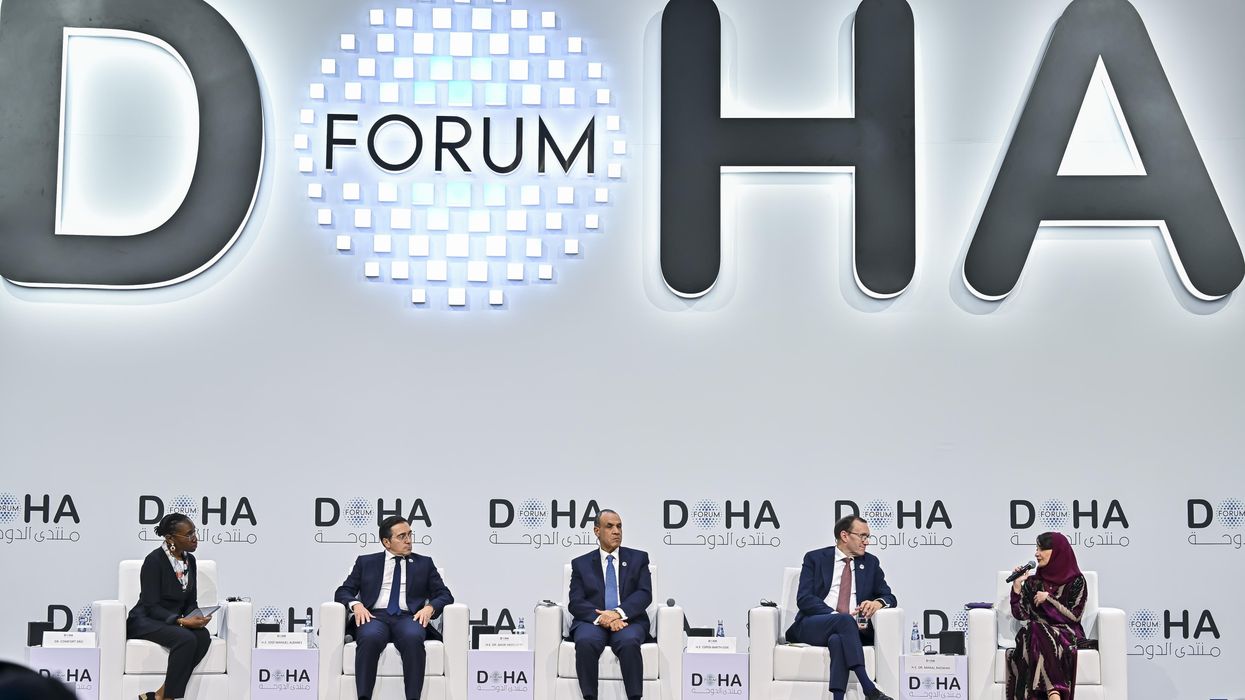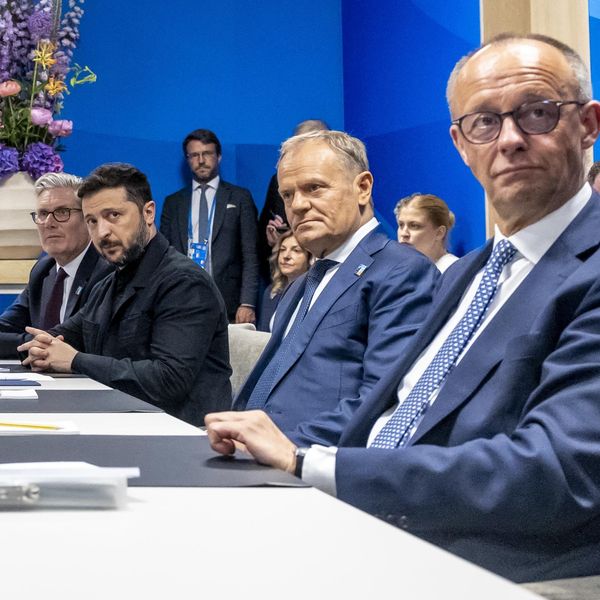Sources in the Pentagon have told Reuters that the Biden administration is poised to propose a budget for national defense that could top $800 billion for FY 2023, an enormous sum that far exceeds the levels reached at the peaks of the Korean and Vietnam wars or during the Reagan buildup of the 1980s. It is also more than three times what China spends on its military, and ten times what Russia spends. The figure apparently includes items beyond the Pentagon budget proper, such as spending on nuclear weapons at the Department of Energy, along with billions in defense-related spending at other government agencies.
The administration’s proposal is misguided and counterproductive, but not unexpected. A Pentagon review of the U.S. global force posture, released late last year, was a status quo document that failed to call for significant reductions in the U.S. military deployment in the Middle East, even as it signaled an intention to bulk up the U.S. presence in East Asia. And as Quincy Institute Distinguished Non-Resident Fellow Joseph Cirincione has noted, the Biden administration’s forthcoming Nuclear Posture Review is likely to leave the Pentagon’s 30 year plan to build a new generation of nuclear-armed bombers, submarines, and land-based missiles largely intact, at a cost of up to $2 trillion.
Military hawks are already circling, suggesting that the Biden proposal will not be sufficient to keep up with inflation, to the detriment of military readiness. These cries for more ignore the fact that there is ample room to scale back from current levels, given better budget discipline at the Pentagon and, most importantly, a new, more realistic strategy that doesn’t cast the United States in the role of global policeman.
On the question of spending discipline, the Pentagon is the only major federal agency never to pass an audit — it can’t tell taxpayers exactly where its money is going, nor does it have an accurate inventory of equipment and spare parts, leading to systematic duplication and waste. The department routinely overpays for basic items like spare parts. In one case, involving the notorious supplier Transdigm, there was an astonishing markup of 3,800 percent on a single part, and overcharges on a sampling of components totaling $20.8 million. This is small change by Pentagon standards, but multiplied by thousands of suppliers it no doubt adds up to billions in overcharges.
On a larger scale, the Pentagon too often buys weapons that are overpriced, dysfunctional, or unnecessary. A case in point is the F-35 combat aircraft, the most expensive single weapons program ever undertaken by the Pentagon. It is being rushed into service before testing has been completed, resulting in costly retrofits for design flaws that are still being detected. It has over 800 unresolved defects, is extremely difficult to maintain, and costs $38,000 per hour to operate. These and other serious problems led House Armed Services Committee chair Adam Smith to remark that he was tired of “pouring money” down the F-35 “rathole.”
Add to the F-35 systems like $13 billion aircraft carriers that have trouble launching and landing aircraft and vessels like the Littoral Combat Ship that can’t operate in high intensity combat environments, and it is clear that there is ample room to cut procurement of big ticket items without undermining our security.
The biggest area of savings in Pentagon spending would flow from the development of a new strategy that puts diplomacy first, ends the forever wars, reduces the nuclear arsenal while maintaining deterrence, and takes a more realistic view of the security risks posed by China, the nation that the Pentagon describes as the “pacing threat” guiding its spending plans.
This approach would free up funds to address the most urgent threats to our security, from pandemics to climate change to economic inequality. With democracy in the balance, it’s time to focus on building strength and resilience at home rather than preparing for misguided military adventures abroad.
Maintaining over 750 military bases, hundreds of thousands of troops overseas, counter-terror operations in at least 85 nations, and allocating more than $800 billion for the military will only weaken America while distracting attention and siphoning off resources needed to deal with the non-military challenges that pose the greatest threats to human lives and livelihoods.
















